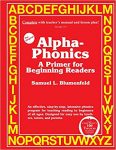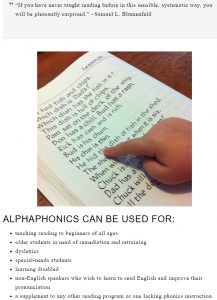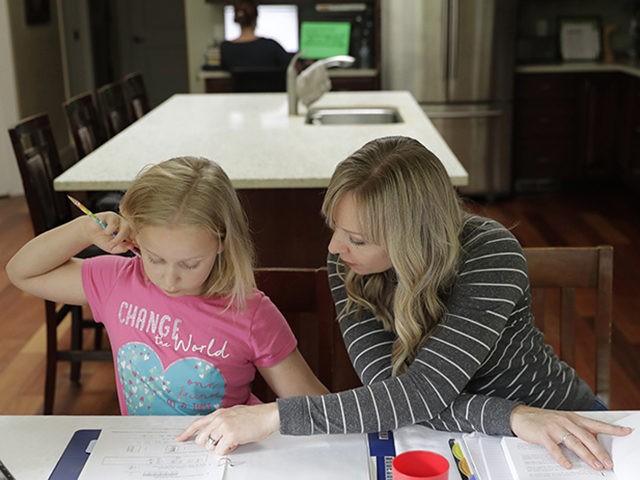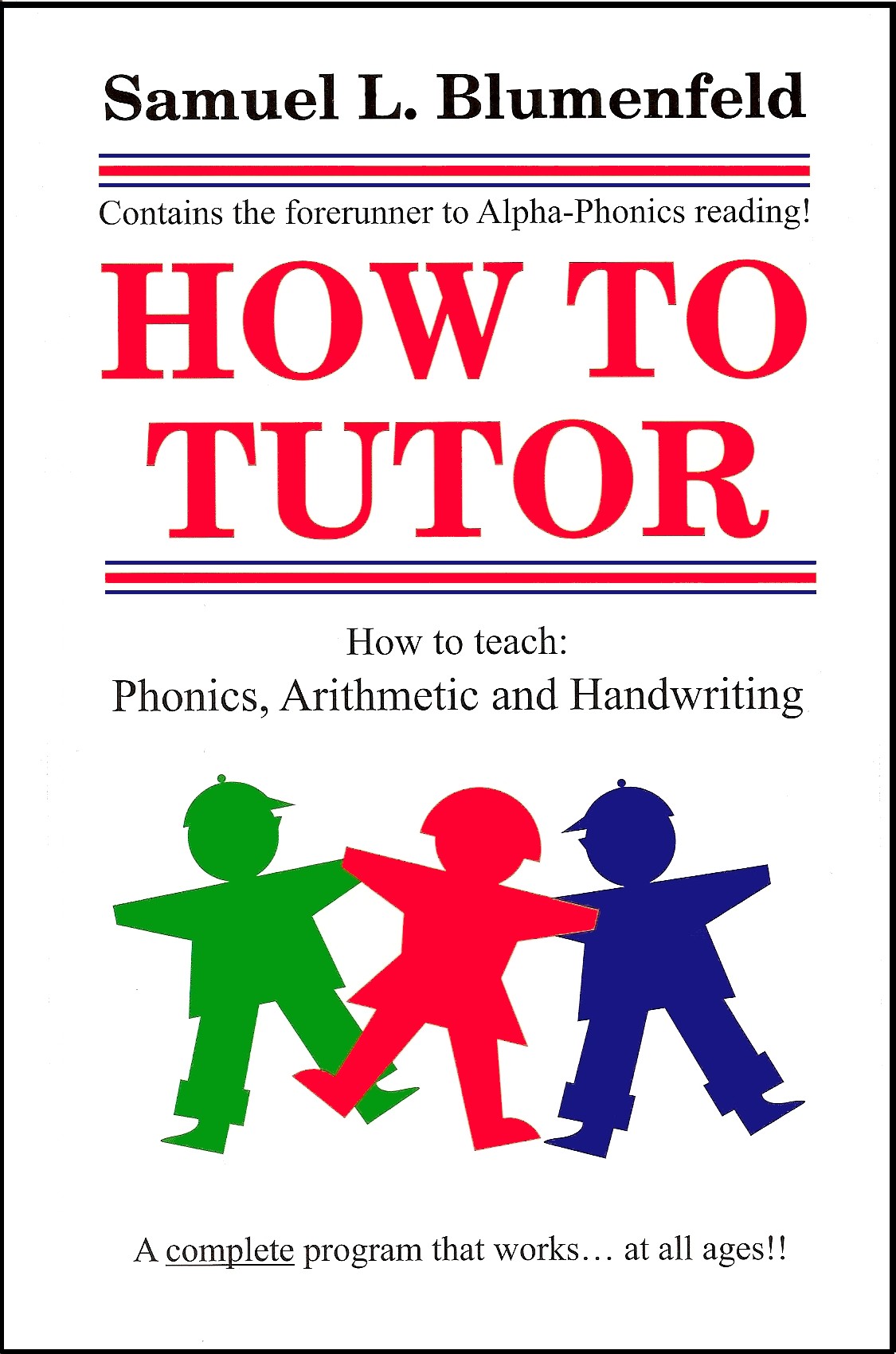Should Parents Worry About All This Screen Time Required By Remote Learning?

It’s been nearly a month and a half since Gabrielle Hernandez-McCrae of Fort Hamilton started pulling double duty as a parent and co-teacher after COVID-19 forced all schools across the city to switch to remote learning.
With three kids—a 17-year-old high school junior and fraternal twin 7-year-olds in elementary school—Hernandez-McCrae has juggled monitoring her kids Google Hangout lessons that had included screen-based gym class, with entertainment apps that involve Minecraft or Roadblock, the latter serving as a substitute for the kind of socialization her kids would receive at school.
“The screen time is crazy because they’re on the screen for all of school time and they’re just working so they can get time on their tablet to play. So I’ve actually had to limit screen time that doesn’t involve school stuff,” she said, noting she has also instituted a new rule that cuts off screens an hour before bed, which now comes with a sleep aid.

Lear wisdom from Moms who taught their own children to read with Alpha-Phonics a longtime favorite of Homeschoolers to teach Phonics reading
The amount of screen time in her household initially went from four hours to a combined eight hours, though the amount has been scaled back after her schools begun scaling back the number of hours of remote learning.
Courtney McGraw, the parent of a four-year-old private school student in Harlem, has seen her child’s screen time jump from one hour to four hours a day given all the scheduled Zoom classes. While McGraw, who is working from home, is aware of the “too much TV is bad for you” adage, it’s taken a backseat during the pandemic.
“I don’t feel any particular pressure or guilt because it’s a unique circumstance. Our school has research to make us feel not so worried about it just because it’s so unprecedented and my priority is to keep some balance for me being able to work, for my husband being able to work, and for us not to put a ton of pressure on her,” said McGraw, whose daughter could be heard asking for an iPad during our phone interview. “If that becomes one of her ways to play, unfortunately, without being able to see her friends go to the playground, or be outside all day, it is what it is.”
The COVID-19 outbreak has now thrust millions of parents across New York City, such as McGraw, into the tricky spot of having their children consume an even greater number of hours of the screen, be it smartphone, TV, or tablet. The shift to remote learning represents a new frontier for the DOE, which mandated their teachers quickly adapt their in-person lessons to screen, with some public school instructors opting to reduce as much screen-based learning as possible. The DOE currently has no uniform policy on how many hours students should be devoted to screen-based learning, relying on teachers to make those determinations.
Many parents Gothamist interviewed have found screen time to be their kids’ only form of socialization at a time when confinement has kept kids physically separated from one another.

A-P C-S Dec 15
For Beth Pilchik, the mother of two boys ages 8 and 14, screen time consumption has undoubtedly increased thanks to distance learning lessons dominated by Zoom classes, yet it’s proven to maintain their socialization.
“If either one of my children were just looking at a screen, and they were not interacting with other people, and it was not in an engaged experience maybe I would feel differently,” said Pilchik, who lives on the Upper East Side. “Technology, I think people are lax right now because, look, we’re all working from home, figuring things out, it’s really stressful. We’re all looking for something that makes us happy and in many cases it’s when you’re with tech.”
Experts argue the extra screen time, particularly for distance learning, shouldn’t make parents overly concerned. It’s content that is overstimulating, such as video games, that parents should be more concerned over.
“The levels of screen time that I’ve seen offered by schools alone I don’t see as being an issue all by themselves. At the max, I’ve seen maybe a few several hours a day of Zoom calls, which is pretty unusual. But even then, taking part in an online video class is not going to offer the same kind of danger as related to something like social media or a violent video game,” said Anya Kamenetz, an expert on the intersection of education and technology and author of The Art of Screen Time: How Your Family Can Balance Digital Media and Real Life.
Doreen Dodgen-Magee, a psychologist and author of Deviced! Balancing Life & Technology in a Digital World, agreed that content matters a great deal more than the hours of screen time, but warned that if kids don’t take some kind of break from screens it can lead to “a constant state of hyper stimulation that can really be toxic for their systems.”
Though the effects of children overexposed to screens include lack of focus and dependence, Dodgen-Magee noted those effects are reversible.
 “If, when we are able to return to less social distancing, or less physical distancing, we are all as a culture mindful of the need to deliberately rewire the parts of the brain that are responsible for attuned communication and learning within the context of physical connection, then we’re going to be great because we can undo any negative effects, that’s the beautiful thing about our brains as they are,” said Dodgen-Magee. “The tricky thing is that kids are really creating strong habits right now and those will be very difficult to break.”
“If, when we are able to return to less social distancing, or less physical distancing, we are all as a culture mindful of the need to deliberately rewire the parts of the brain that are responsible for attuned communication and learning within the context of physical connection, then we’re going to be great because we can undo any negative effects, that’s the beautiful thing about our brains as they are,” said Dodgen-Magee. “The tricky thing is that kids are really creating strong habits right now and those will be very difficult to break.”
In keeping screen time in check, particularly entertainment-based content, Kamenetz suggests that pre-determined rules on screen time should be established in advance.
The Publishers of ALPHA-PHONICS hope its Blog Followers will find this article of benefit. They also hope any Parents who want to teach their OWN children to become excellent readers will take a moment to learn why ALPHA-PHONICS has worked so well for over 37 years for so many Parents (Tens of thousands). It is no-nonsense, no bells & whistles, inexpensive, simple, fast, effective……IT WORKS !! Find out why below:



 The district says the recommendations follow COVID-19 guidelines and guidance from local, state and federal health officials.
The district says the recommendations follow COVID-19 guidelines and guidance from local, state and federal health officials. The district says it will release more information to students, families and staff as it becomes available.
The district says it will release more information to students, families and staff as it becomes available.

 protect their health or even lives. And given that the teacher workforce has shown in recent years that it can organize on a large scale—
protect their health or even lives. And given that the teacher workforce has shown in recent years that it can organize on a large scale— more things beyond just the physical safety of school staff in facing this virus,” she said. “That feels opportunistic for folks. It undermines your credibility.”
more things beyond just the physical safety of school staff in facing this virus,” she said. “That feels opportunistic for folks. It undermines your credibility.”
 home schooling. By double digits, men are more likely than women to consider pursuing those alternatives. Those with lower household incomes are more interested than those with higher incomes, and racial minorities are more interested than whites.
home schooling. By double digits, men are more likely than women to consider pursuing those alternatives. Those with lower household incomes are more interested than those with higher incomes, and racial minorities are more interested than whites.














 Alpha-Phonics
Alpha-Phonics The Alphabet Song!
The Alphabet Song! Water on the Floor
Water on the Floor Alpha-Phonics the Book on CD Rom
Alpha-Phonics the Book on CD Rom Blumenfeld Oral Reading Assessment Test
Blumenfeld Oral Reading Assessment Test How To Tutor
How To Tutor How To Tutor Cursive Handwriting Workbook
How To Tutor Cursive Handwriting Workbook